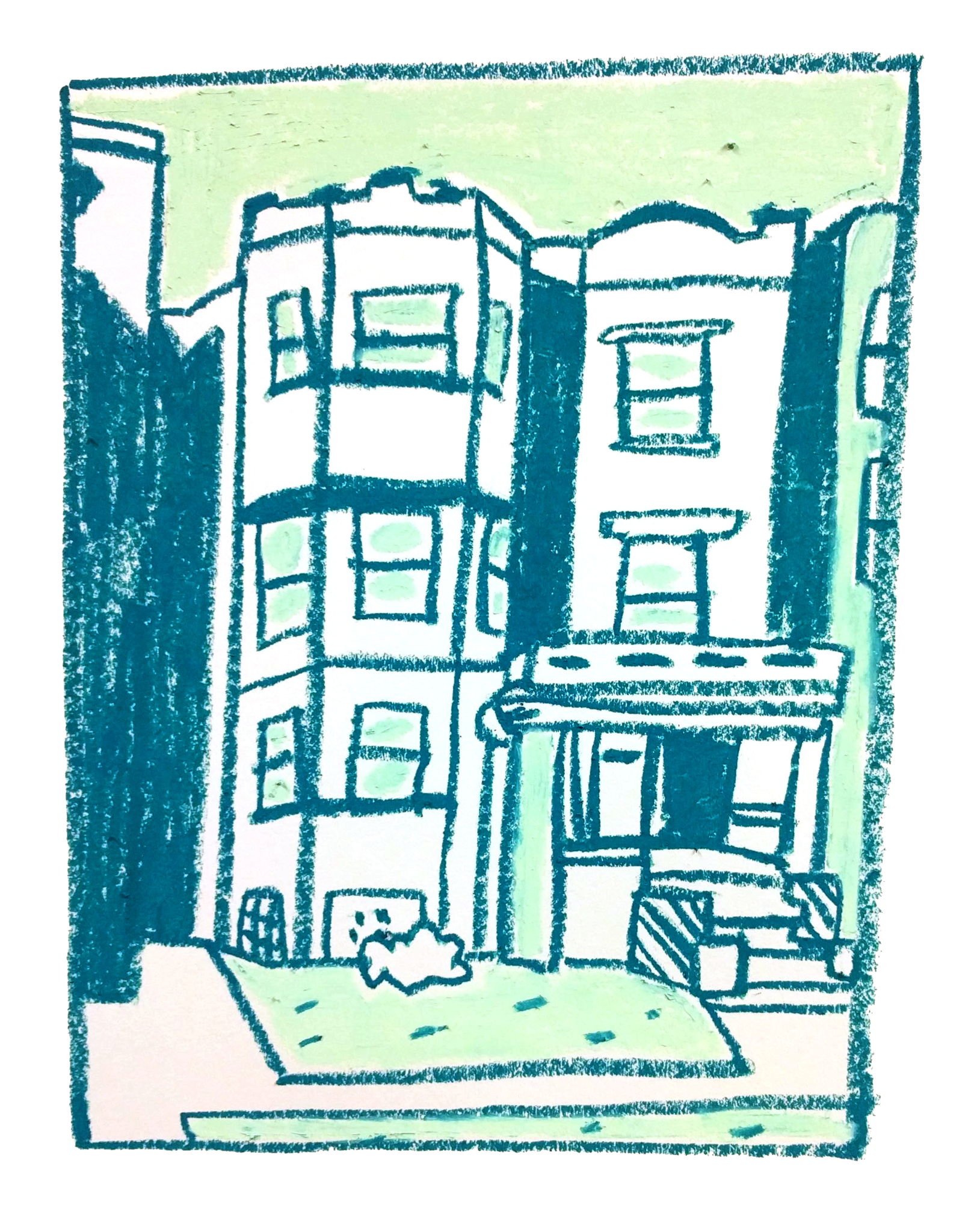The Lorraine Hansberry House in northwest Woodlawn is unremarkable in appearance. Its brown brick walls and minimal adornments mimic thousands of other brick three-flats built in Chicago throughout the nineteenth and twentieth centuries. Its outward appearance is transformed, however, when one learns that many of Hansberry’s experiences growing up in this house served as the inspiration behind her canonical play A Raisin in the Sun—a fictionalized reflection of her parent’s fight against housing discrimination in this very home.
In 1937, when Carl Hansberry (father of Lorraine) made the decision to purchase the home at 6140 South Rhodes Avenue, legally enforced segregation was in full swing. The majority of black residents and families were forced to live in the overpriced and under-maintained area known as the “Black Belt,” largely located on the South Side. In an effort to relocate his family out of these poor conditions, Hansberry made the knowingly dangerous move to Woodlawn—then a primarily white neighborhood. He purchased the home despite the existence of a restrictive covenant blocking any real estate from being “sold, leased to, or permitted to be occupied by any person of the colored race.”
When white residents learned of the purchase, they took the Hansberry family to court, accusing them of being in violation of the covenant and demanding their immediate exit from the neighborhood. The Hansberrys refused to leave, citing they were not involved in the creation of the covenant, and therefore were not liable to abide by it. Their refusal to exit began a drawn out legal battle eventually manifesting in the United States Supreme Court Case, Hansberry v Lee. During this unending three-year period, the Hansberrys were subject to several attacks on their home and property, including several bricks thrown through their windows. It is said Mrs. Hansberry would patrol the house at night, armed with a loaded German Luger, to protect her family from unwanted guests.
After nearly three years of fighting, the Supreme Court ruled in favor of the Hansberrys and overturned Woodlawn’s restrictive covenant. However, the decision did not address the overall unconstitutionality of racially restrictive covenants, but only the fact that Woodlawn’s covenant did not have the required ninety-five percent of homeowners’ signatures required to approve a covenant. Nonetheless, the victory marked a turning point in the fight against housing discrimination, and demonstrated to many that through courage and perseverance, enforced segregation could and would come to an end in the United States.
Did you like this article? Support local journalism by donating to South Side Weekly today.


